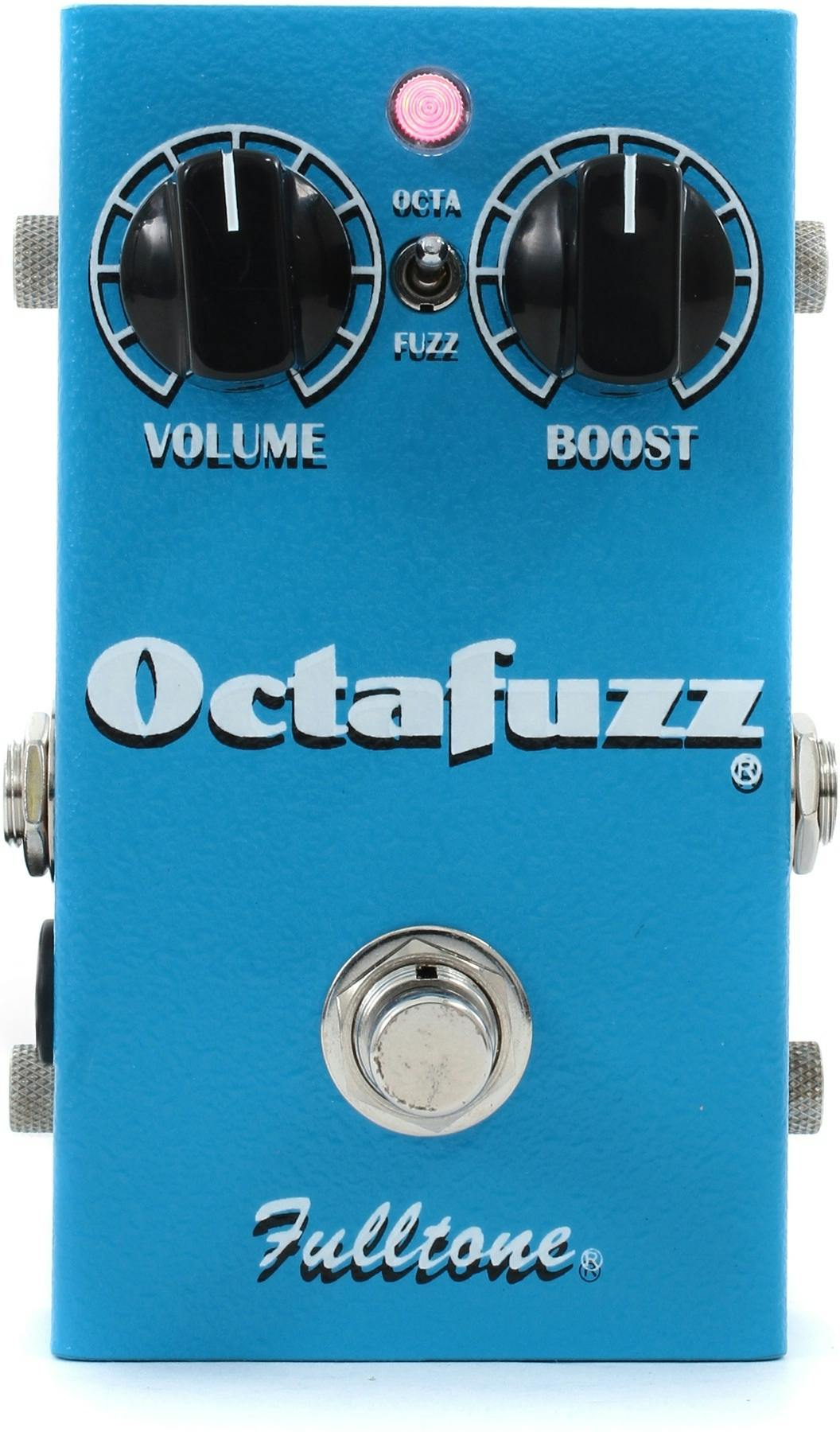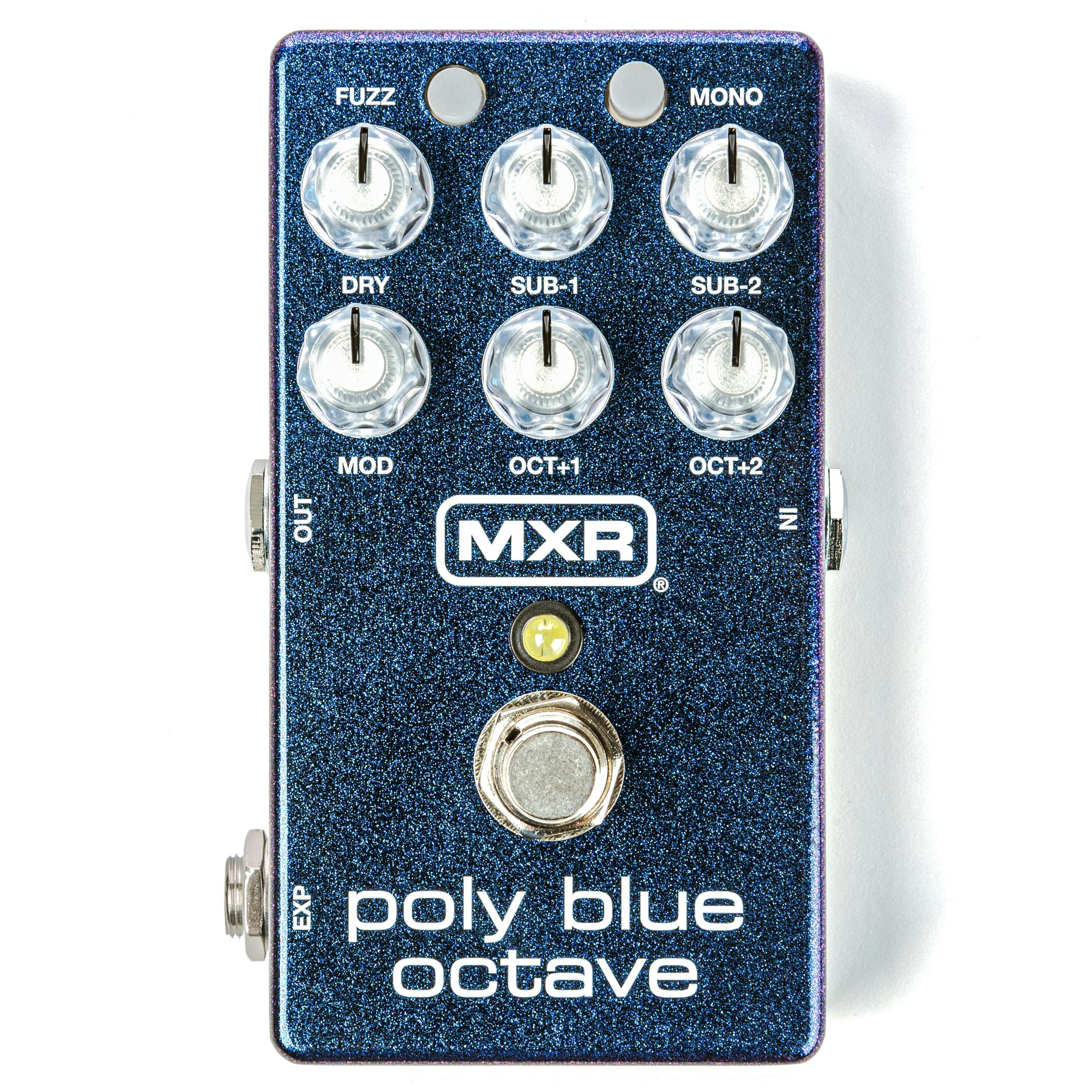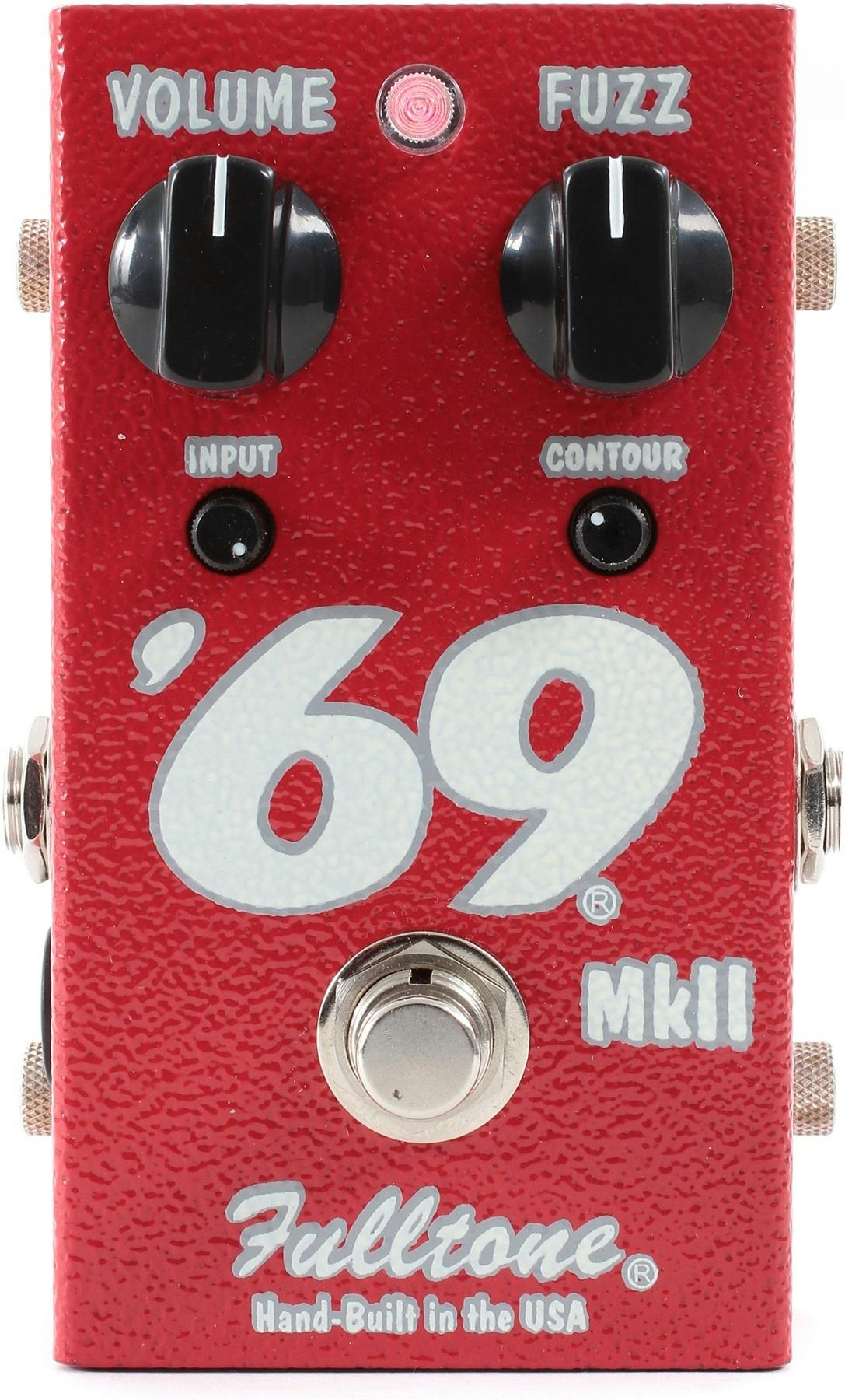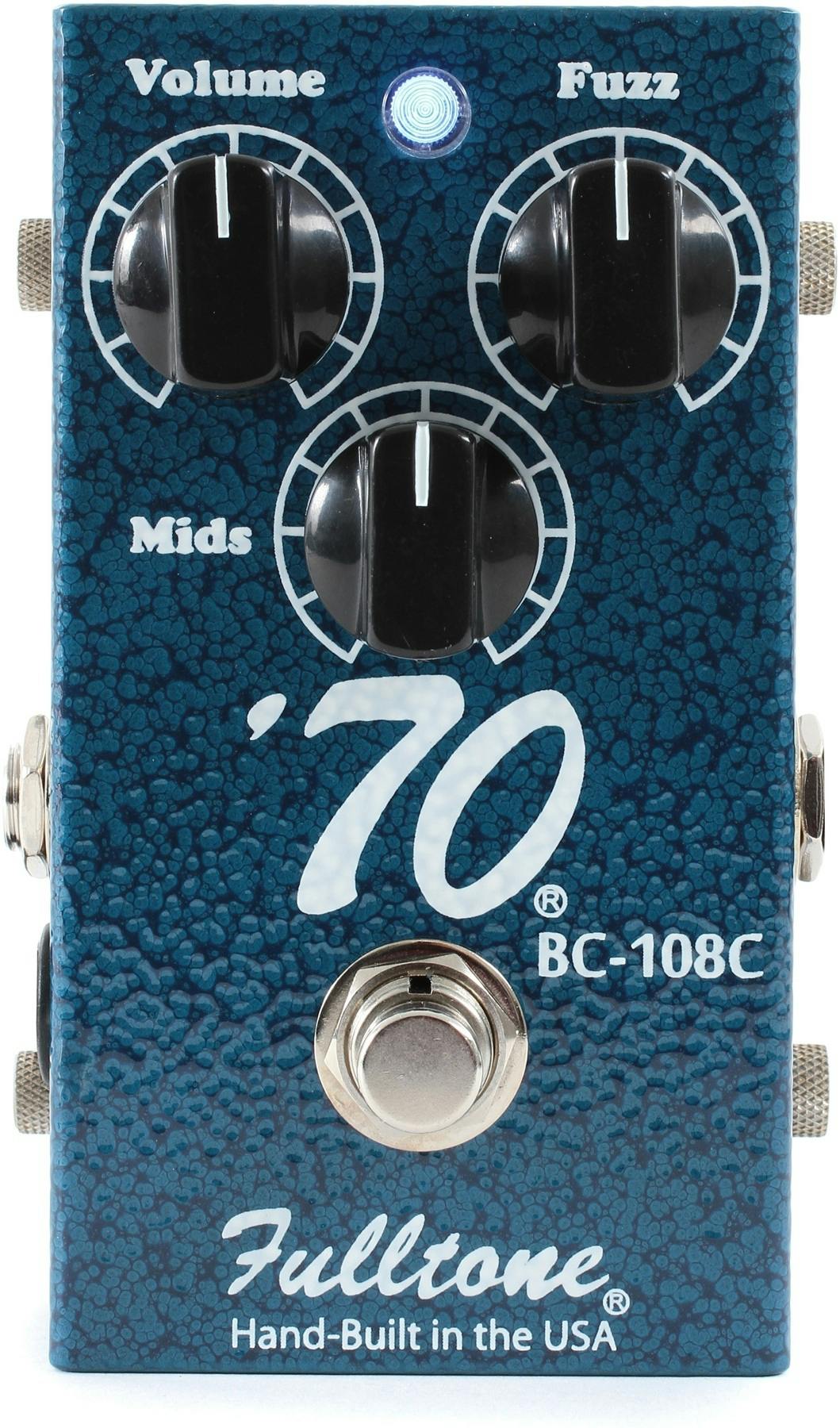Just Octave Guitar Effect Pedal Board Videos – #2 – Fulltone Octafuzz Octave Fuzz Octavia Style Guitar Pedal Overdrive Boost Distortion
Octave Video – #2 – Fulltone Octafuzz Octave Fuzz Octavia Style Guitar Pedal Overdrive Boost Distortion
Behringer ULTRA TREMOLO UT300 Classic Tremolo Effects Pedal, Orange
£24.36 £16.99
Get the classic, warm and mind-bending tremolo effects of vintage '60s amps This behringer product has been designed to compete head to head with leading products on the market Dedicated rate, wave and depth controls for awesome sound shaping Blue st… read more
BOSS DS-1 Distortion Pedal, Classic Tones for All Types of Music, The benchmark in Guitar distortion,Orange
£74.00 £65.00
Legendary distortion used by guitarists everywhere since 1978. BOSS’s first distortion pedal defined a bold new sound, delivering hard-edged attack and smooth sustain that’s been a staple of players for generations. The classic DS-1 tone is behind th… read more
Behringer BDI 21 Bass Amp Modeler/ DI Guitar Effects Pedal
£26.77
Authentic v-tone modeling technology capable of dialing up big vintage tube tones, funky slap sounds, crunchy distortions and all in between Provides a truckload of great amps in a single stomp box—from traditional bass amps to modern overdriven amp … read more
BOSS Ce-2W Waza Craft Special Edition Chorus Pedal, Special Edition Waza Craft Pedal, The Ultimate BOSS Tone Experience, Blue
£238.00 £190.64
Launched in 1976, the CE-1 Chorus Ensemble was not only the world’s first chorus effect pedal, but also the very first BOSS pedal. Three years later, this inventive new sound was squeezed into the blue CE-2 Chorus, and chorus pedals have remained in … read more
Vox – WAH845 – Classic Wah Pedal
£65.00 £60.74
New version of the most famous guitar effects pedal of all time Input/output jacks: inst jack, amp jack, dc i/p jac Legendary wah-wah tone in a new sturdy design Battery life for continuous use approximately 100 hours with manganese battery An ac pow… read more
Jim Dunlop The Original Crybaby Pedal GCB 95
£104.99 £89.00
Heavy die cast construction for years of reliability The original crybaby wah wah pedal that has been a standard in the world of music since its introduction in the late 1960's 100k ohm hot potz potentiometer that allows for that quick, abrupt wah so… read more























